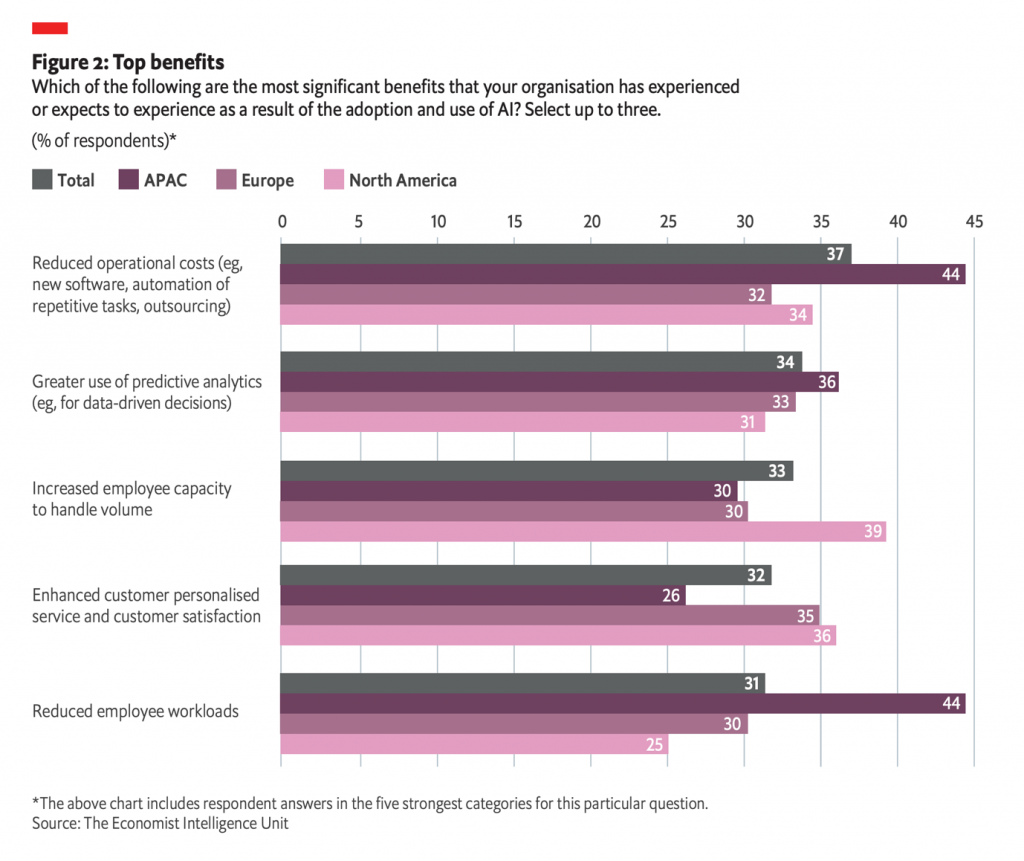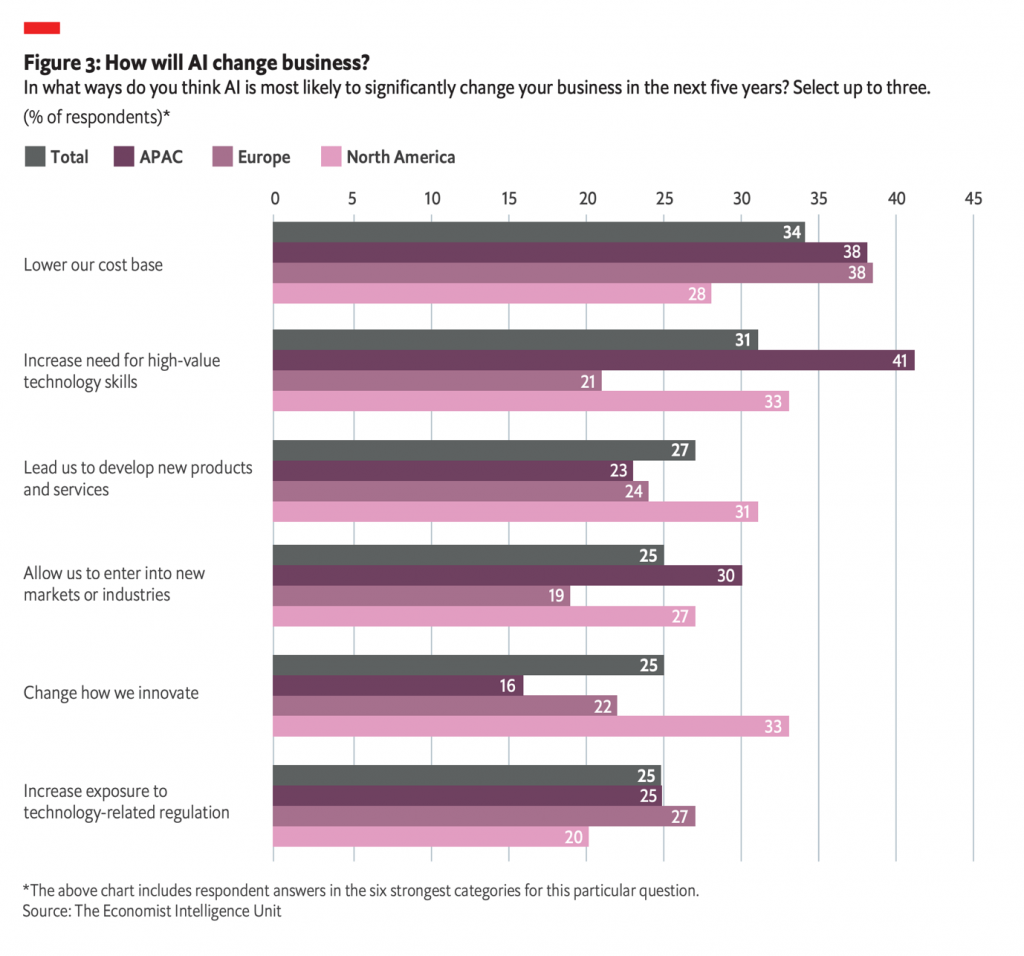Data-driven change in full swing
An increasing number of indicators point towards a prediction we at LHoFT will never tire of repeating: tomorrow’s financial sector will operate very differently from today’s.
Tomorrow’s financial markets infrastructure will rely less on human interactions and more on the blockchain and smart contracts and this is being acknowledged by policymakers; consider the pilot regime proposed by the European Commission as part of the Digital Finance package.
Tomorrow’s financial sector, like other industries, will increasingly rely on cloud computing and other outsourced service arrangements; consider the ambitious GAIA-X initiative and the support it has garnered from public and private sector organizations alike.
An ever-growing wealth of data is generated by our growing reliance on digital devices and services for day-to-day tasks spanning shopping, financial transactions and administrative tasks. There remains significant headroom to better leverage these datasets, and financial sector incumbents risk being outpaced by Big Tech as well as by digitally native startups if they do not update their processes, acquire relevant technology and invest in the human resources required to maximise the opportunities that flow from “big data”.
One keyword, oft-repeated and oft-abused for marketing purposes, keeps popping up as an essential component of the financial sector’s transformation: artificial intelligence (AI).
Omnipresent AI
A key catalyst of the inexorable rise of AI in financial services is the exponential growth in complexity which is driven by a convergence of 1) datasets growing dramatically in quantity and quality 2) a complex regulatory landscape 3) evolving customer demands and a the reformulation of offerings around remote customer identification & interaction 4) growing cybersecurity risks.
Any of the above dynamics would be daunting on its own; together, they present a challenge which in its amplitude goes unmatched by the human resources available to any given business.
As Tamsin Oxford writes, “the world is a complex and chaotic system undergoing constant change, and understanding this world has immense economic potential. This is where AI and ML come in, allowing for the organisation to determine cause, effect, data and potential.” Darko Martovski, CEO at causaLens, is cited: “Being able to understand the causal structure of the economy allows businesses to better predict the future and optimise their processes. Due to the complexity of the global economy, financial companies require entire teams of data analysts and scientists in order to model these numerous networks around the world, and as we have seen with many crises, when they get it wrong the economy suffers drastically.”
Computer scientist Andrew Ng poignantly equated AI to the “new electricity” in our lives, highlighting its coming ubiquity across sectors:
“Just as electricity transformed almost everything 100 years ago, today I actually have a hard time thinking of an industry that I don’t think AI will transform in the next several years.”
Another of Ng’s observations still rings very true today; namely the scarcity of talent as a major impediment to the full implementation of AI-powered business solutions:
“I would say the most scarce resource today is actually talent, because AI needs to be customized for your business context,” Ng says. “You can’t just download an open-source package and apply it to your problem.”
A recently published study by The Economist Intelligence Unit (EIU) provides insights into the state of play with regard to the use of AI in the financial sector today. Writing for Forbes, Louis Columbus summarizes key findings from the report as well as from LHoFT partner Deloitte’s Digital Banking Maturity Report to conclude that “AI is emerging as a new engine of growth by providing useful insights and intelligence in anxious, uncertain times” – in fact, the EIU study finds that “86% of Financial Services executives plan on increasing their AI-related investments through 2025”.

Source: EIU
As shown above, cost reduction features prominently as a motivation for the adoption of AI in finance, going hand in hand with a desire to increase productivity (“employee capacity to handle volume”). However, the use of AI for predictive analysis is also generating significant interest, as is the use of AI to create new or better-adapted service offerings.

Source: EIU
Similarly, when looking at respondents’ expectations with regard to the ultimate impact of greater AI adoption on the industry, cost savings are a prominent hope / expectation as is the development of new products and services. At the same time however, respondents recognize that the need for “high-value technology skills” and “increasing exposure to technology-related regulation” naturally flows from this.
And in a similarly natural chain of events, roughly half of all respondents have already implemented, or are planning to implement, a technical training scheme for their employees to improve their understanding and handling of AI within the organization:

Source: EIU
As the saying goes – “follow the money”; the growing adoption of such training efforts across the financial sector would not be bankrolled if the growing relevance of AI within the sector was in doubt.
Additional reports & surveys are striking a similar cord: summarizing several studies, crowdfundinsider comes to the conclusion that while large organizations can afford to invest in AI tools, they may yet lack:
- talent to effectively implement these tools
- planning to facilitate integration with the existing infrastructure and systems
All things considered then, expect the upskilling effort & investments in AI systems and talent to continue unabated.
AI use cases
To tie it all together, consider this discussion of AI use cases provided by LHoFT member tryolabs, ranging from improved AML/KYC processes over alternative alpha generation in asset management to risk management in the insurance sector. Examples abound, and we will certainly have more to discuss in this column going forward.
Be sure to check out the Luxembourg Fintech Map to learn more about our members & partners active in the space.
Author: Jérôme Verony – LHoFT Research and Strategy Associate






